The pool sweep hose tangles, a seemingly simple tool, can quickly become a source of frustration for any pool owner. A tangled pool cleaner hose can be a frustrating obstacle, hindering the effectiveness of your cleaning system. Fortunately, with the right approach, untangling and preventing future tangles is achievable. This guide outlines a comprehensive strategy to tackle this common issue.
Why Does Your Pool Cleaner Hose Get Tangled?
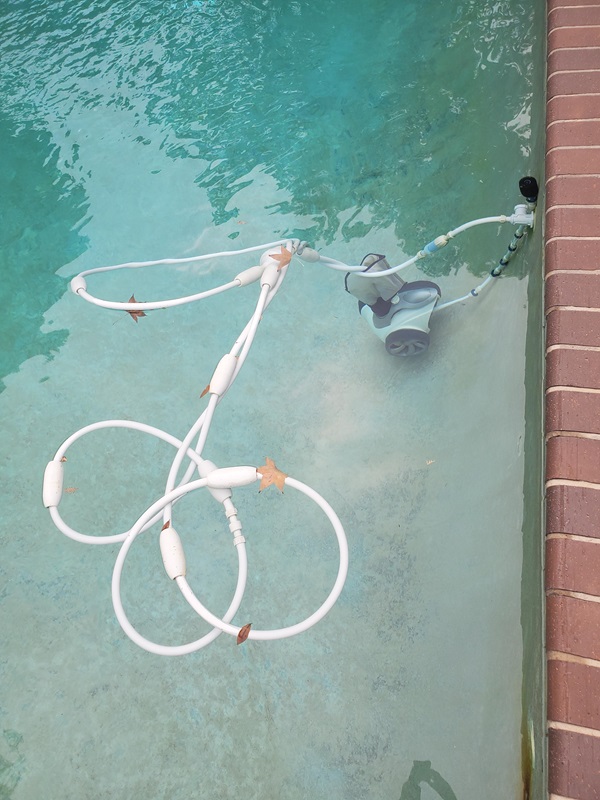
Understanding Hose Tangling in Pool Cleaners
Hose tangling occurs when the pool cleaner hose becomes twisted, kinked, or tangled during operation. This can impede the movement of the cleaner, affect cleaning performance, and lead to premature wear and tear on the hose.
Tangling typically occurs when the pool cleaner changes direction or encounters obstacles in the pool, causing the hose to twist and coil upon itself.
Common Causes of Hose Tangles
Obstacles in the Pool: Objects such as steps, ladders, pool toys, and irregular pool shapes can cause the pool cleaner hose to tangle as it navigates around them.
Hose Length: Excess hose length can increase the likelihood of tangling, as there is more slack for the hose to twist and coil. Trim the hose to the appropriate length for your pool size to minimize tangling.
Lack of Swivel Connectors: Pool cleaner hoses without swivel connectors at the hose ends are more prone to tangling, as they cannot rotate freely to untangle themselves. Swivel connectors allow the hose to rotate independently, reducing the risk of tangling.
Inadequate Storage: Improper coiling or storage of the pool cleaner hose when not in use can lead to tangling. Ensure that the hose is properly coiled and stored in a clean, dry area away from obstructions.
Impact of Hose Length and Pool Size on Tangling
- Hose Length: Longer hoses are more susceptible to tangling, as there is more slack and flexibility for the hose to twist and coil. Trim the hose to the appropriate length for your pool size to minimize tangling and improve cleaning efficiency.
Pool Size: Larger pools with complex shapes or obstacles are more likely to experience hose tangling, as the pool cleaner has to navigate around more obstacles and corners. Regularly inspect the pool for potential tangle points and adjust the hose accordingly to prevent tangling.
By understanding the common causes of hose tangling, such as obstacles in the pool, inadequate storage, and hose length, you can take proactive measures to prevent tangling and ensure the smooth operation of your pool cleaner.
Solving Polaris Pool Cleaner Hose Tangles
Solving Polaris pool cleaner hose tangles involves adjusting the hose swivel and float positions, knowing when to replace the hose or swivel, and verifying your Polaris hose setup.
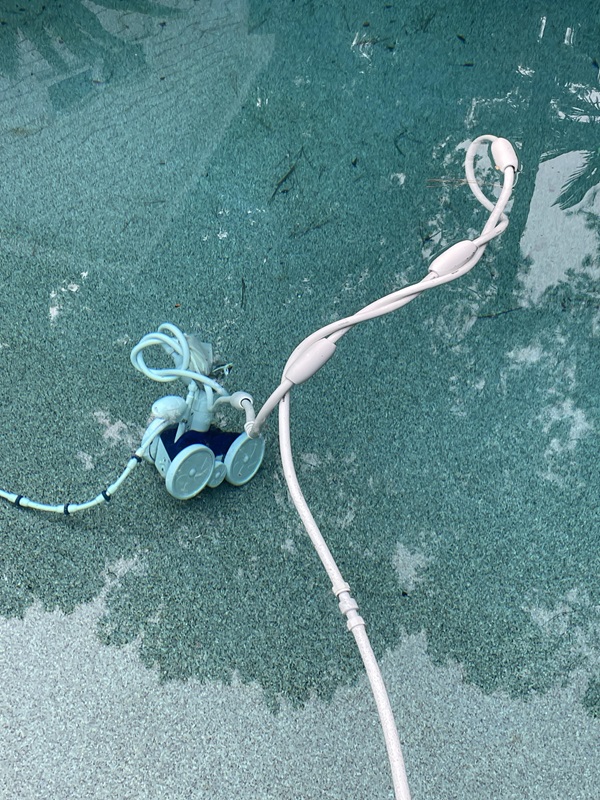
Adjusting the Polaris Hose Swivel and Float Positions
- Swivel Position: The swivel on the Polaris hose allows it to rotate freely, reducing the risk of tangling. Ensure that the swivel is positioned correctly and is not obstructed by debris or other objects in the pool.
- Float Position: The floats on the Polaris hose help to keep it buoyant and prevent it from sinking or getting tangled. Adjust the position of the floats along the hose to ensure that they are evenly spaced and positioned correctly for optimal buoyancy.
When to Replace the Polaris Hose or Swivel
- Hose Wear and Tear: Inspect the Polaris hose regularly for signs of wear, such as cracks, splits, or fraying. If the hose is damaged or deteriorating, it may be time to replace it to prevent issues such as tangling or leaks.
- Swivel Functionality: If the swivel on the Polaris hose is not rotating freely or is damaged, it may need to be replaced. A malfunctioning swivel can contribute to hose tangling and affect the performance of the pool cleaner.
How to Verify Your Polaris Hose Setup?
- Check for Twists and Kinks: Before starting the Polaris pool cleaner, visually inspect the hose for any twists, kinks, or tangles. Untangle the hose as needed to ensure smooth operation.
- Test the Swivel: Manually rotate the swivel on the Polaris hose to ensure that it moves freely without any resistance. If the swivel is stuck or difficult to rotate, it may need to be adjusted or replaced.
- Verify Float Position: Ensure that the floats on the Polaris hose are positioned correctly and evenly spaced along the length of the hose. Adjust the floats as needed to maintain proper buoyancy and prevent tangling.
Preventing Future Hose Tangles in Your Pool Cleaner
Preventing future hose tangles in your pool cleaner requires understanding the role of hose swivels and floats, determining the optimal hose length and configuration, and employing troubleshooting tips for persistent tangles.

The Role of Hose Swivels and Floats in Preventing Tangles
- Hose Swivels: Swivels allow the pool cleaner hose to rotate freely, preventing it from twisting or tangling as the cleaner moves around the pool. Ensure that the swivel is functioning correctly and is not obstructed by debris or other objects.
- Floats: Floats help to keep the pool cleaner hose buoyant and prevent it from sinking to the bottom of the pool, where it can become tangled. Position the floats evenly along the hose to maintain proper buoyancy and prevent tangles.
Optimal Pool Cleaner Hose Length and Configuration
- Correct Length: Trim the pool cleaner hose to the appropriate length for your pool size and shape. A hose that is too long can increase the risk of tangling, while a hose that is too short may not provide adequate coverage. Aim for a length that allows the cleaner to reach all areas of the pool without excess slack.
- Proper Configuration: Ensure that the hose is configured properly with the correct number of hose sections and attachments. Avoid using more hose than necessary, as this can increase the risk of tangling.
Troubleshooting Tips for Persistent Hose Tangles
- Inspect for Obstructions: Regularly check the pool for any objects or obstacles that may be causing the hose to tangle, such as steps, ladders, or pool toys. Remove any obstructions to prevent tangling.
- Untangle Manually: If the hose becomes tangled during operation, stop the pool cleaner and manually untangle the hose. Avoid forcing the cleaner to continue operating with a tangled hose, as this can damage the cleaner and hose.
- Adjust Hose Positioning: Check the positioning of the hose in the pool to ensure that it is not getting caught on the pool steps, corners, or other features. Adjust the hose as needed to prevent tangling.
Pool Pump and Hose Configuration for Optimal Cleaning
Configuring your pool pump and hose setup correctly is crucial for optimal cleaning efficiency and to avoid hose tangles. Here’s how to match your pool pump with the correct hose type, understand how the hose and pump affect pool cleaner efficiency, and set up your pool’s filter system to avoid hose tangles:

Matching Your Pool Pump with the Correct Hose Type
- Suction-Side Pool Cleaners: If you have a suction-side pool cleaner, ensure that your pool pump is compatible with this type of cleaner. Suction-side cleaners rely on the pool pump’s suction power to operate, so it’s essential to have a pump with sufficient flow rate and horsepower to effectively power the cleaner.
- Pressure-Side Pool Cleaners: Pressure-side pool cleaners require a dedicated booster pump or a pool pump with enough pressure to operate efficiently. Make sure your pool pump can provide the necessary water pressure to power the cleaner and propel it around the pool.
How Hose and Pump Affect Pool Cleaner Efficiency?
- Hose Length and Diameter: The length and diameter of the hose can affect the efficiency of your pool cleaner. A longer hose may require more suction power to maintain adequate water flow, while a larger diameter hose can accommodate more debris without clogging.
- Pump Power: The power and flow rate of your pool pump directly impact the effectiveness of your pool cleaner. A more powerful pump can provide greater suction and water flow, leading to better cleaning performance.
- Proper Hose Connection: Ensure that the hose is securely connected to the pool cleaner and pump to prevent leaks and loss of suction. Any air leaks or loose connections can affect the efficiency of the cleaner and lead to subpar cleaning results.
Setting Up Your Pool’s Filter System to Avoid Hose Tangles
- Proper Hose Length: Trim the pool cleaner hose to the appropriate length for your pool size to minimize excess slack and reduce the risk of tangling. A properly sized hose allows the cleaner to move freely around the pool without getting caught or tangled.
- Float Placement: Position the floats along the hose at regular intervals to help keep it buoyant and prevent it from sinking and tangling. Proper float placement ensures that the hose stays near the surface of the water, where it can move freely without obstruction.
- Avoiding Obstacles: When setting up your pool’s filter system, ensure that the hose is positioned away from any potential obstacles or obstructions in the pool, such as steps, ladders, or corners. Clearing the pool of debris and ensuring a clear path for the hose can help prevent tangling during operation.
By matching your pool pump with the correct hose type, understanding how the hose and pump affect pool cleaner efficiency, and setting up your pool’s filter system to avoid hose tangles, you can ensure optimal cleaning performance and extend the lifespan of your pool cleaner and equipment.
DIY Fixes for a Tangled Pool Cleaner Hose
When your pool cleaner hose becomes tangled, you can often fix it yourself with a few simple steps. Here’s a step-by-step guide to untangling your pool hose, when to seek professional help, and tools and accessories to keep your pool hose tangle-free:
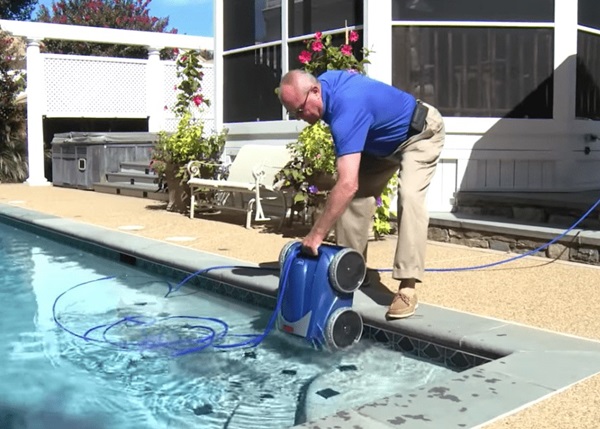
Step-by-Step Guide to Untangling Your Pool Hose
- Stop the Pool Cleaner: Turn off your pool pump to stop the pool cleaner from moving and potentially causing further tangling.
- Inspect the Hose: Carefully examine the tangled portion of the hose to identify areas of overlap and twists.
- Untwist the Hose: Begin by gently untwisting the hose sections, starting from the tangled area and working your way outward. Untangle any knots or loops in the hose.
- Straighten the Hose: Once the twists are removed, straighten out the hose sections to ensure smooth water flow and prevent future tangling.
- Reposition the Hose: Check the positioning of the hose in the pool to ensure that it is not caught on any obstacles or obstructions. Reposition the hose as needed to prevent it from tangling during operation.
When to Seek Professional Help for Your Tangled Pool Hose?
Persistent Tangling: If your pool hose continues to tangle despite your efforts to untangle it, there may be underlying issues with the hose or pool cleaner that require professional attention.
Damage or Wear: If the pool hose is damaged or showing signs of wear, such as cracks, splits, or fraying, it may need to be repaired or replaced by a professional.
Mechanical Issues: If the pool cleaner itself is causing the hose to tangle due to mechanical issues or malfunctions, it’s best to consult a professional pool technician for diagnosis and repair.
Tools and Accessories to Keep Your Pool Hose Tangle-Free
Hose Swivels: Install hose swivels at the connections between the hose sections to allow for smooth rotation and prevent tangling.
Floats: Position floats along the length of the hose to help keep it buoyant and prevent it from sinking and tangling.
Hose Reels or Holders: Use a hose reel or holder to store the pool hose when not in use, keeping it neatly coiled and preventing tangles.
Regular Maintenance: Perform regular maintenance checks on your pool cleaner and hose to identify and address any issues that may contribute to tangling, such as worn-out or damaged parts.
The Polaris 380: A Case Study in Hose Tangle Solutions
The Polaris 380 pool cleaner is a popular choice for pool owners due to its efficient cleaning performance. However, like any pool cleaner, it may experience hose tangles, especially in certain situations. Here’s a case study on why the Polaris 380 is prone to hose tangles, custom solutions for hose issues, and real-world fixes based on feedback from users:
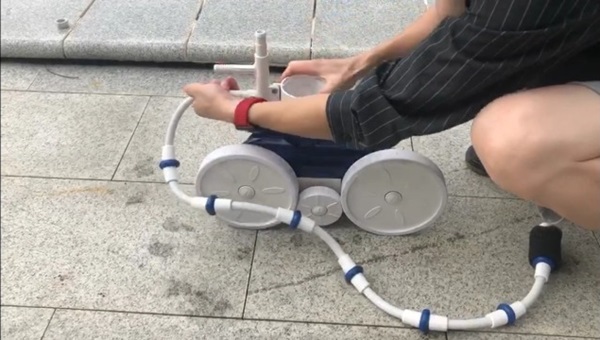
Why the Polaris 380 Is Prone to Hose Tangles?
Long Hose Length: The Polaris 380 comes with a long hose to accommodate larger pools. The length of the hose increases the likelihood of tangling, especially if it is not properly managed.
Lack of Hose Swivel: Unlike newer models, the Polaris 380 does not feature a built-in hose swivel. Without a swivel, the hose can easily become twisted and tangled during operation.
Obstacles in the Pool: Objects such as steps, ladders, and pool accessories can cause the Polaris 380 hose to tangle as it navigates around them during cleaning.
Custom Solutions for Polaris 380 Hose Issues
Hose Swivel Installation: One custom solution is to install a hose swivel at the connection between the hose and the cleaner. Adding a swivel allows the hose to rotate freely, reducing the risk of tangling.
Float Placement: Proper placement of floats along the length of the hose can help keep it buoyant and prevent sinking, reducing the risk of tangling.
Regular Maintenance: Performing regular maintenance on the Polaris 380, including cleaning the cleaner and inspecting the hose for damage, can help prevent issues that may contribute to tangling.
Feedback from the Field: Real-World Fixes for the Polaris 380
User Modifications: Some Polaris 380 owners have reported success with DIY modifications to address hose tangles, such as adding aftermarket hose swivels or using alternative float placement methods.
Improved Hose Management: Pool owners have found that properly managing the hose, including avoiding kinks and tangles during storage, can help prevent tangling during operation.
Replacement Parts: In some cases, replacing worn or damaged hose sections or fittings with genuine Polaris parts may improve hose performance and reduce tangling.
In conclusion, the pool sweep hose, while essential for maintaining a clean pool, can present a significant challenge due to its tendency to tangle. By understanding the causes and implementing preventative measures, pool owners can minimize frustration and ensure a smoother pool cleaning experience.

Meet David Thomas, a seasoned professional with nearly 8 years of experience specializing in inspecting and resolving issues related to swimming pools. With his expertise and meticulous attention to detail, David ensures the safety and functionality of pools, making them a refreshing oasis for all to enjoy. Whether it’s troubleshooting equipment or maintaining water quality, David’s proficiency guarantees top-notch solutions tailored to meet every pool owner’s needs.
